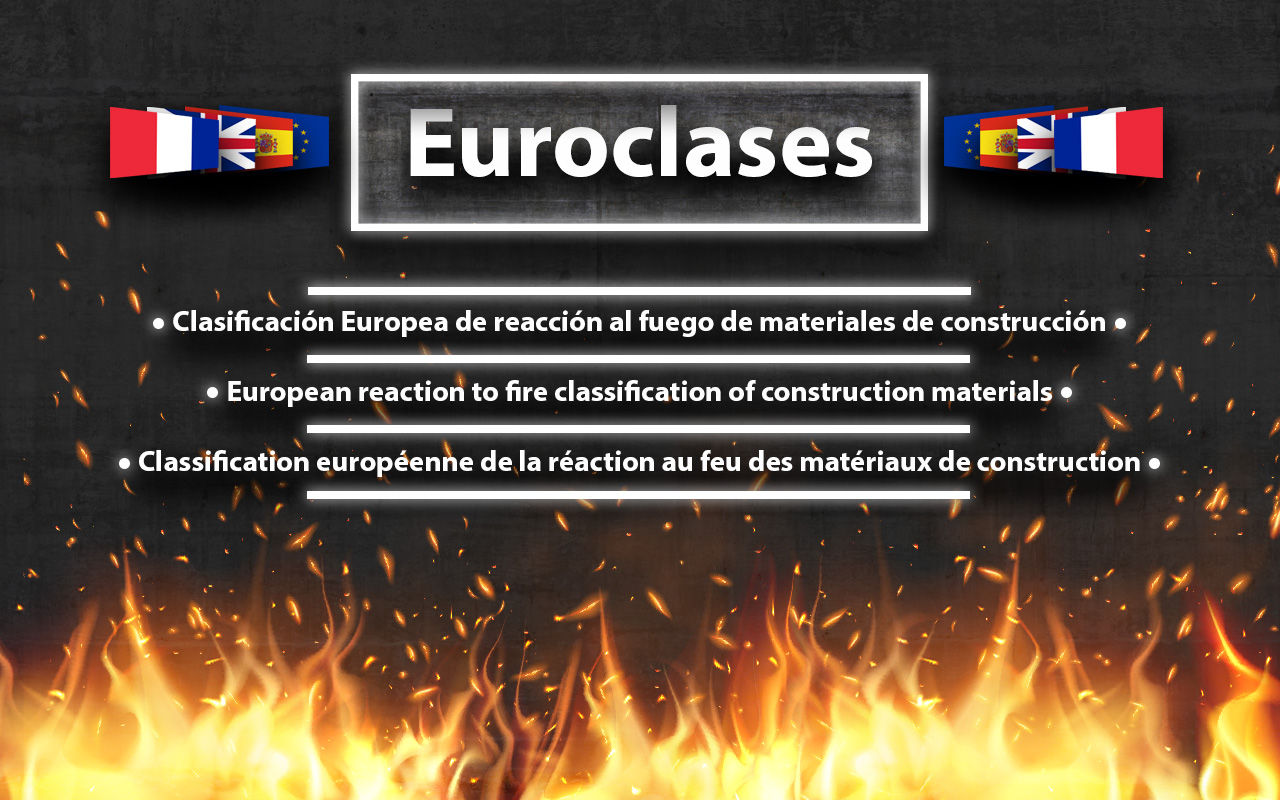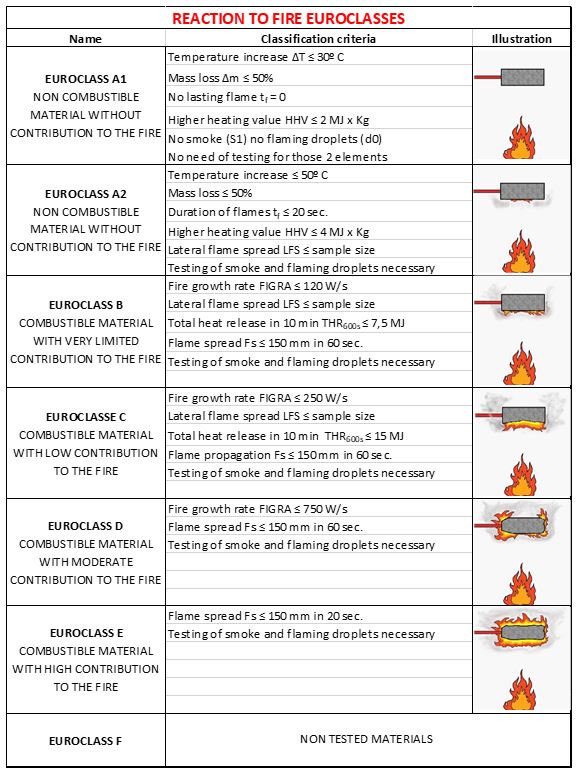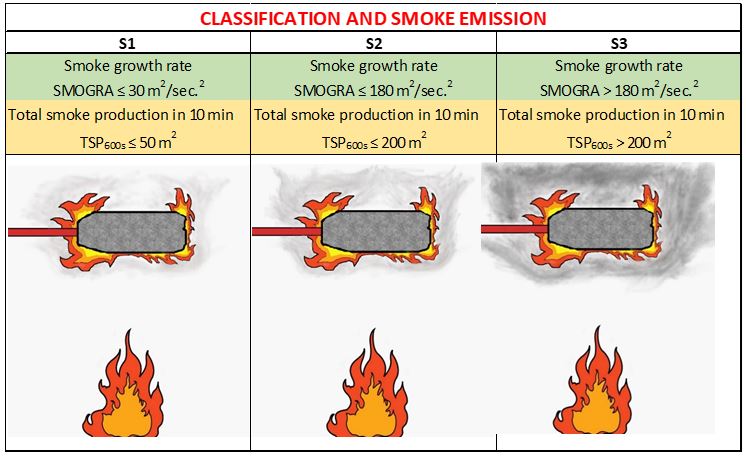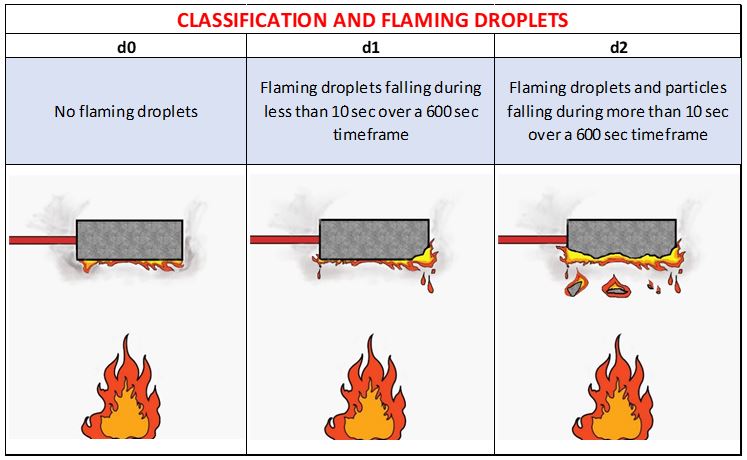
Euroclasses – European Reaction to Fire Classification of Construction Materials.
Since 2004, the criteria of European reaction to fire classification have been standardized. New parameters were added to the concept of combustibility, like smoke emissions and flaming droplets.
Nowadays, this classification is more relevant than ever, as a large quantity of new construction systems and materials have appeared with the elaboration of always more energy efficient buildings fitted with better insulation. We have seen, during recent fires, how the election of those new materials, very thermically efficient, can sometimes cause big problems when submitted to fire. Especially when it comes to exterior insulation of façades, like the following cases:
Those fires have actually led to changes in the Reaction to Fire regulation surrounding construction materials used in façades. The adequate material choice is also essential for roofs, false-ceilings, and floors.
To measure the combustibility of a construction material, it is important to know the final use of said material. Where and how will it be used, and study its behaviour when facing fire in those precise circumstances.
To measure the degree of combustibility during a standard test, several concepts will be taken into consideration to help us make the difference between Euroclasses:
The next table shows the Euroclasses and their differences in a more graphic and intuitive way:
The change compared to the previous classification M0, M1, M2… is the measurement of smoke emissions S and flaming droplets d. Those tests are mandatory, except for Euroclasses A1 et A2.
The smoke emission is measured with two parameters: the smoke growth rate SMOGRA and the total smoke production in 10 minutes TSP600s.
Finally, we will need to define the classification according to the flaming droplets.
For example, if the technical sheet of a material indicates “B S2 d1”, it is possible to determine if it is in line with the applicable regulations for the specific use it is destined to.
Certain product lines require a specific classification for its use in construction:
- Floorings have a similar classification, but we add the subindex “FL”. In addition to all standard tests, it is also required to test the Critical Flux.
- Linear pipe thermal insulation products have a similar classification, but we add the subindex “L” during the flaming droplets test.
- Power cables to which we add the subindex “CA”. We measure, amongst other things, the smoke emissions and the Acidity that could complicate the evacuation of the zone where the fire is spreading. This concept is not to be confused with the toxicity.
One last classification merits our special attention:
- Classification of roof covering materials according to their reaction when facing and external fire. We will measure the behaviour of a roof submitted to a specific test made with burning ashes put on top of it. We then add the subindex “ROOF”, followed by the parameter (tx) that indicates which type of test has been conducted (example : BROOF (t1)) :
| (t1) | Burning ashes |
| (t2) | Burning ashes + wind |
| (t3) | Burning ashes + wind + thermal radiation |
| (t4) | Burning ashes + wind + thermal radiation (2 steps test) |
This classification implies an augmentation of the number of tests required to be allowed to market construction materials according to the specific use they are destined to. Therefore, this number of tests is different for façades, insulation materials, cables, etc. Though it is not required, we can ask ourselves whether it would be interesting to develop a classification for the toxicity of the smoke. Indeed, the smoke produced by wood is different from the smoke produced by materials containing toxic substances, for instance insulation plastic materials.




